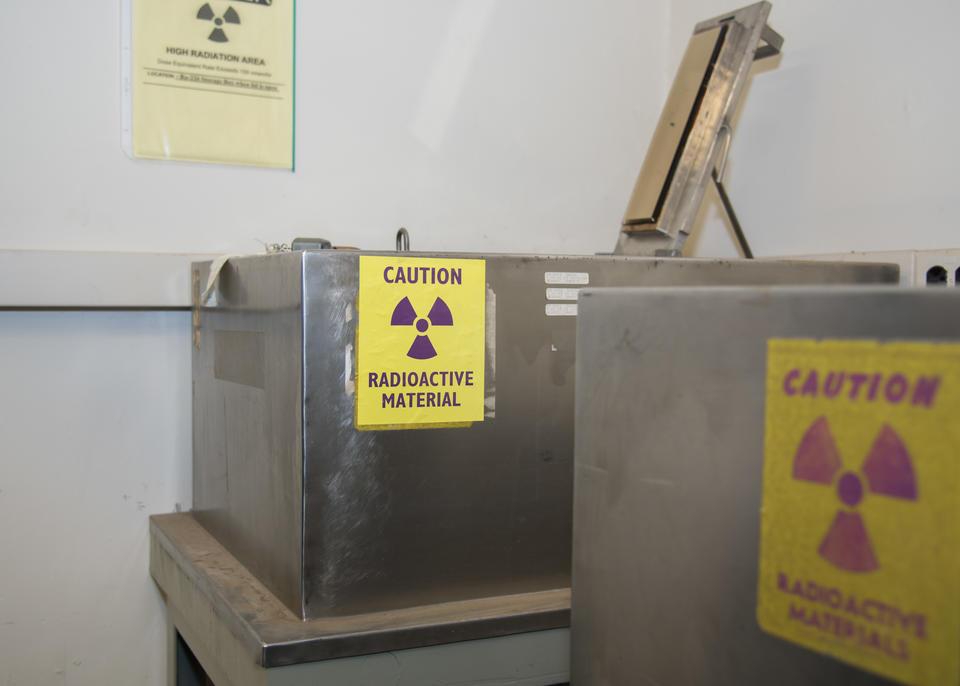The need to develop fast and reliable automated techniques to detect and identify radioactive material is critical, especially when the measurement time is short and the demand for confidence is high. An approach is required which enables the development of a hardware/software system capable of rapidly and confidently identifying any set of pre-specified radionuclides in a wide range of scenarios such as portal systems and first response activities as well as possibly in new verification activities.
The invention utilizes the statistical nature of radiation transport as well as modern processing techniques to implement a physics-based, sequential statistical processor. By this we mean that instead of accumulating a pulse-height spectrum as is done in many other systems, each photon is processed individually upon arrival and then discarded. As each photon arrives, a decision is refined using the energy deposited as well as the photon arrival time. Detection is declared when such a decision is statistically justified using estimated detection and false alarm probabilities. The result is a system that has the potential to provide improved detection performance with higher reliability and lower acquisition time.
The method has two major innovations over existing technology. The first innovation consists of processing each photon as it arrives. The second innovation lies in the two ways in which the technology can gather information:
- From unscattered photons which deposit full photopeak energy.
- From scattered photons which have diminished energy either because of collisions during transport or Compton interaction in the detector.
The invention has the following advantages compared to existing technology:
- A smart processor capable of automatically deciding on the presence of multiple radionuclide targets.
- Extracts all statistical information available from the deposited photon ensuring a more reliable and timely decision.
- High confidence achieved by selected detection and false alarm operating points enabling reliable and quantifiable performance.
- Rejects non-targeted photons eliminating usual background/extraneous source interference.
- Targeted radionuclide detection minimizes false alarms. Decisions made with fewer measurements for low-count environments.
- Does NOT require storing or processing a pulse-height spectrum.
- Identical single channel design incorporates parallel/distributed structure for robust and reliable hardware.
- Ease of implementation for both hardware and software.
- Easily adapts to moving platforms/containers
Radionuclide detection systems, such as portal systems inspecting moving containers, first responder activities, possible new verification activities.
LLNL researchers have successfully demonstrated this algorithm on simulated and experimentally controlled data for unscattered photons and work is well underway to expand the processor capabilities to Compton scattered photons. The project is currently searching for a partner to assist in gathering data using detector systems in realistic field scenarios as well as assist in completing a prototype dedicated hardware system.

